A Snapshot Frozen in Time
In the midst of World War II, a peculiar photograph surfaced from the streets of Hebei, China, capturing what many believe to be an unidentified flying object. Known as the Hopeh UFO Incident, this 1942 event remains one of the earliest documented UFO sightings in Asia, shrouded in mystery and debate. The image, discovered in a family photo album, shows a crowd gazing upward at a strange, conical object hovering in the sky. Its significance lies not only in its timing—during a period of global upheaval—but also in the questions it raises about what was seen that day. Was it an extraterrestrial craft, a misidentified object, or something else entirely? This article dives deep into the details, evidence, and enduring enigma of the Hopeh Incident.
The story begins with Masujiro Kiru, a Japanese student who stumbled upon the photograph while flipping through his father’s scrapbook from the China Campaign, just before World War II. The image, reportedly purchased from a Tianjin street photographer, depicts a bustling street scene in Tiensten (also spelled Tsientsien or Tientsin), Hebei Province. Two individuals are pointing skyward, drawing attention to a dark, cone-shaped object that defies immediate explanation. The photograph’s origin and the context of its discovery add layers of intrigue, as it was not widely publicized until decades later, when UFO enthusiasts began to analyze its implications.
Shadows of Doubt and Speculation
Skeptics have long argued that the object in the Hopeh photograph is not extraterrestrial but rather a mundane item misidentified. One theory suggests it could be a bird, caught mid-flight in a way that distorts its shape due to the camera’s limitations in 1942. Another posits that the object is a streetlight, its angle and lighting creating an illusion of something airborne. A particularly intriguing claim comes from a source citing Chinese ufologist Shi Bo, who wrote that an American serviceman on duty in northern China took the photo, believing the object to be a “black hat” floating above the street. This account, published in Shi Bo’s 1983 book La Chine et les extraterrestres, adds a human element to the mystery but also fuels skepticism, as no definitive record of the photographer’s identity or testimony has been verified.
Despite these explanations, the photograph’s allure persists, largely due to its historical context and the lack of conclusive evidence debunking the UFO theory. The image’s age and the wartime setting make it difficult to investigate further, as many potential witnesses are no longer alive, and physical evidence, if it ever existed, has long since vanished. The absence of modern photographic analysis techniques in 1942 means the image remains a snapshot of ambiguity, open to interpretation. UFO enthusiasts point to the crowd’s reaction—particularly the pointing figures—as evidence that something extraordinary was witnessed, arguing that such behavior suggests a shared experience of something unusual, not easily dismissed as a hat or a bird.
Unraveling the Threads of History
The Hopeh Incident’s timeline is muddled by conflicting reports about when and where the photograph was taken. Some sources claim the image dates to 1911 in Tianjin, not 1942 in Tiensten, Hebei Province. This discrepancy, noted in various UFO archives, complicates efforts to pinpoint the event’s exact circumstances. The 1911 claim, attributed to a Japanese journalist in some accounts, lacks corroborating evidence and may stem from a mistranslation or conflation with another event. The 1942 date, however, aligns with the wartime context and the photograph’s discovery in a World War II-era scrapbook, making it the more widely accepted timeframe. Researchers interested in exploring this further can consult historical records from Hebei Province or wartime photography collections, though access to such materials may require contacting local archives in Tianjin or Hebei.
Another layer of complexity arises from the cultural and political climate of 1942 China. The region was under Japanese occupation, and Tianjin was a hub of military activity. This raises the possibility that the object could have been a military experiment—perhaps a prototype balloon or drone—mistaken for something otherworldly. However, no documentation of such technology from the period has been linked to the incident. The photograph’s survival through decades of war and upheaval is itself remarkable, and its emergence in UFO circles in the late 20th century sparked renewed interest. For those seeking to delve deeper, the UFO Photo Archives by Wendelle Stevens offers additional context, though it remains a niche resource for dedicated researchers.

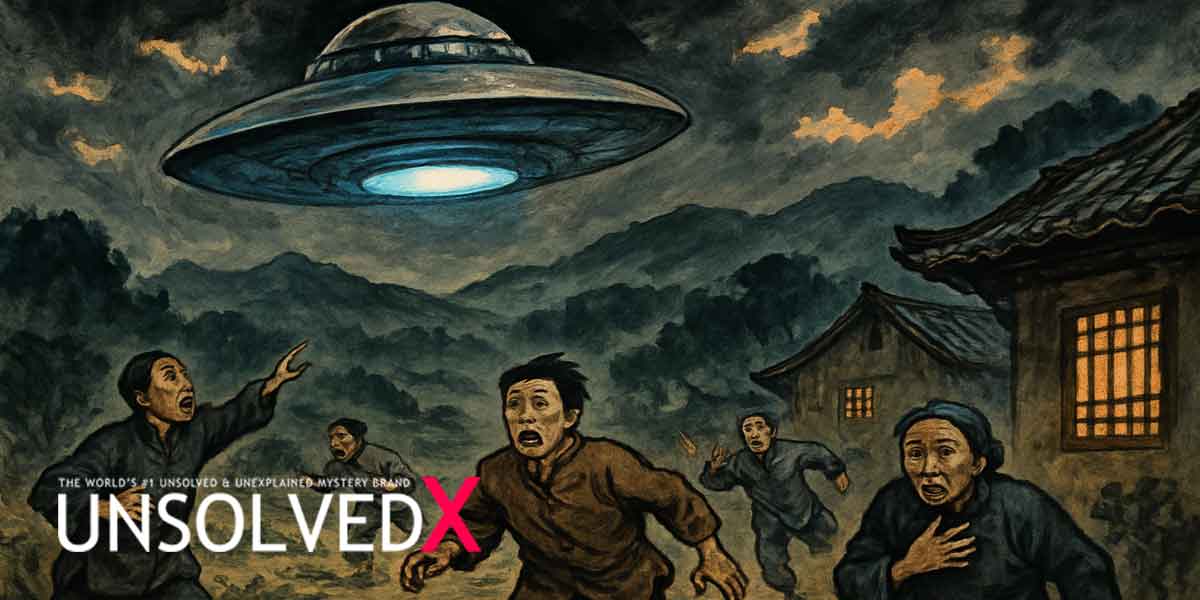

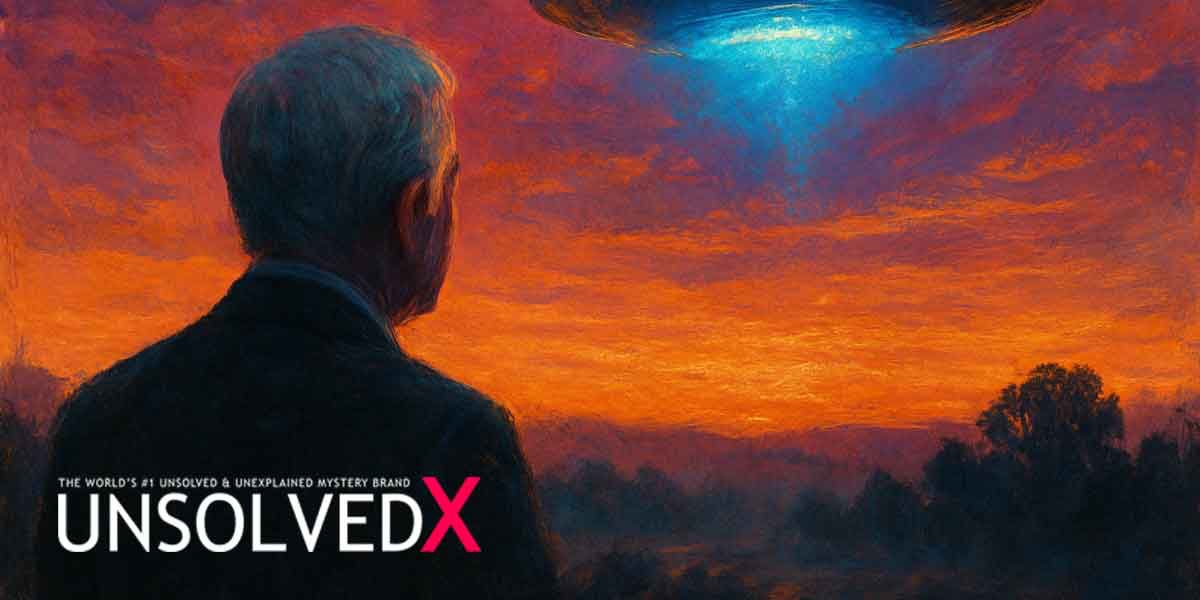
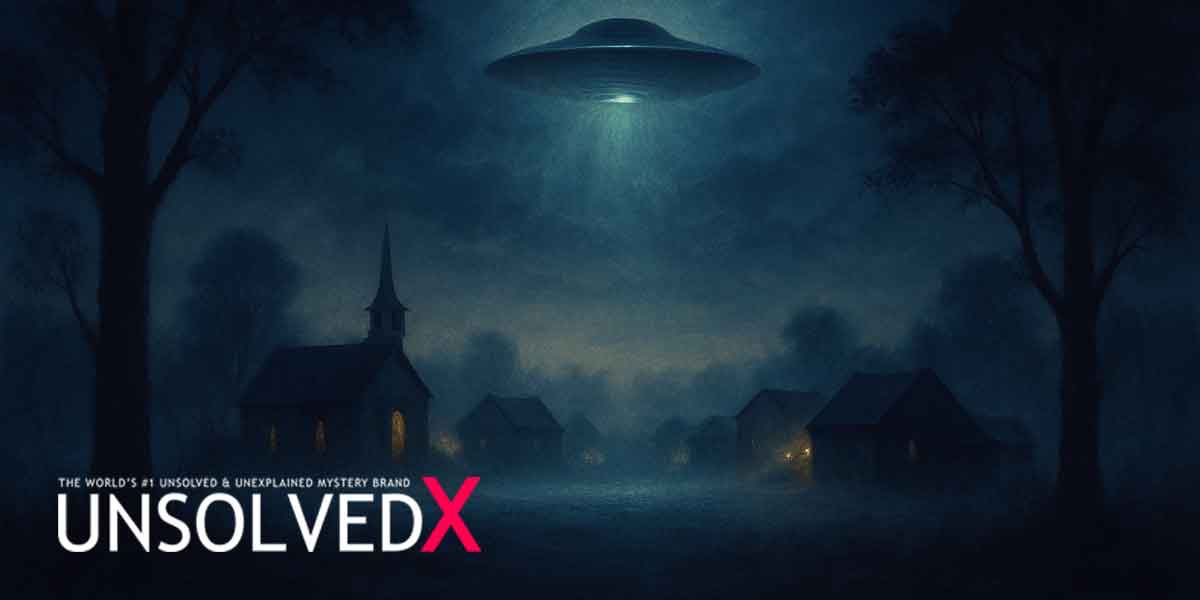
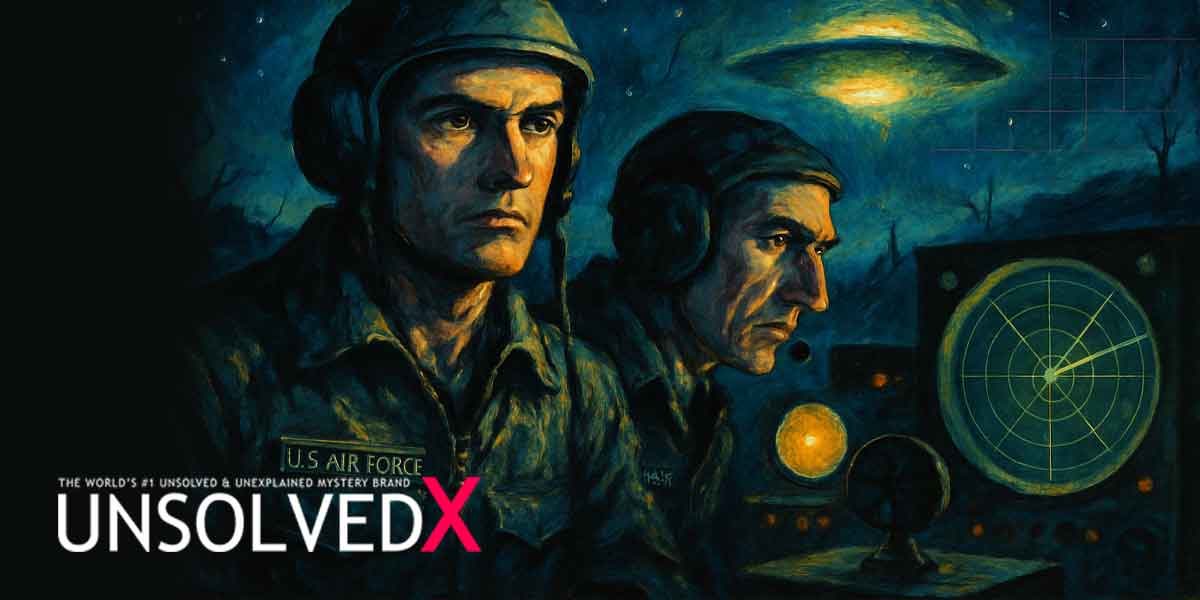

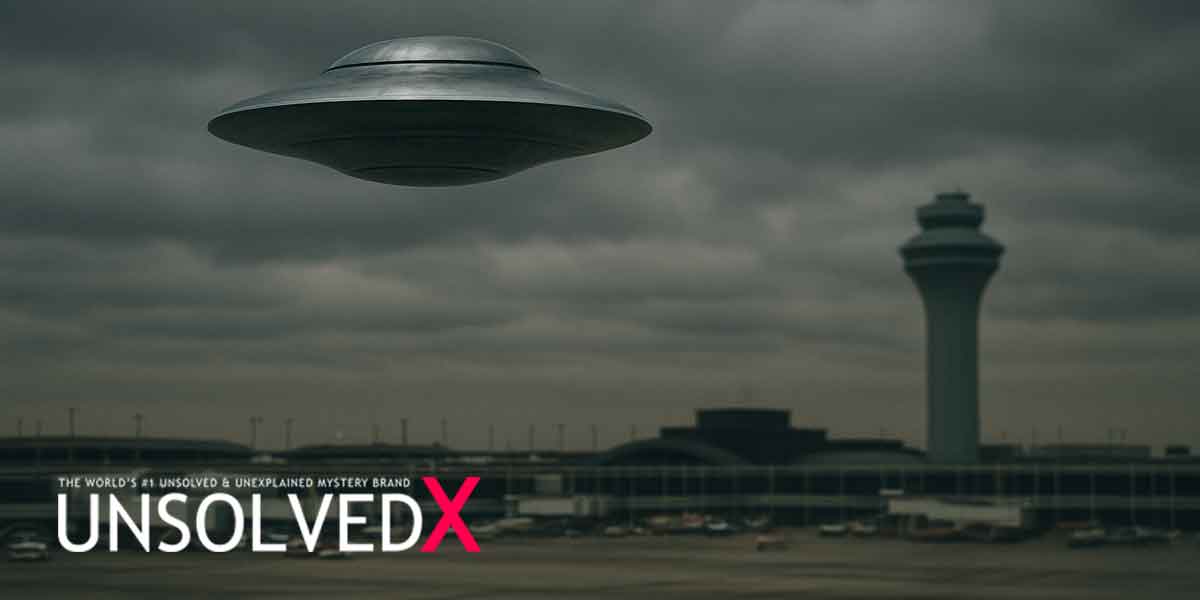

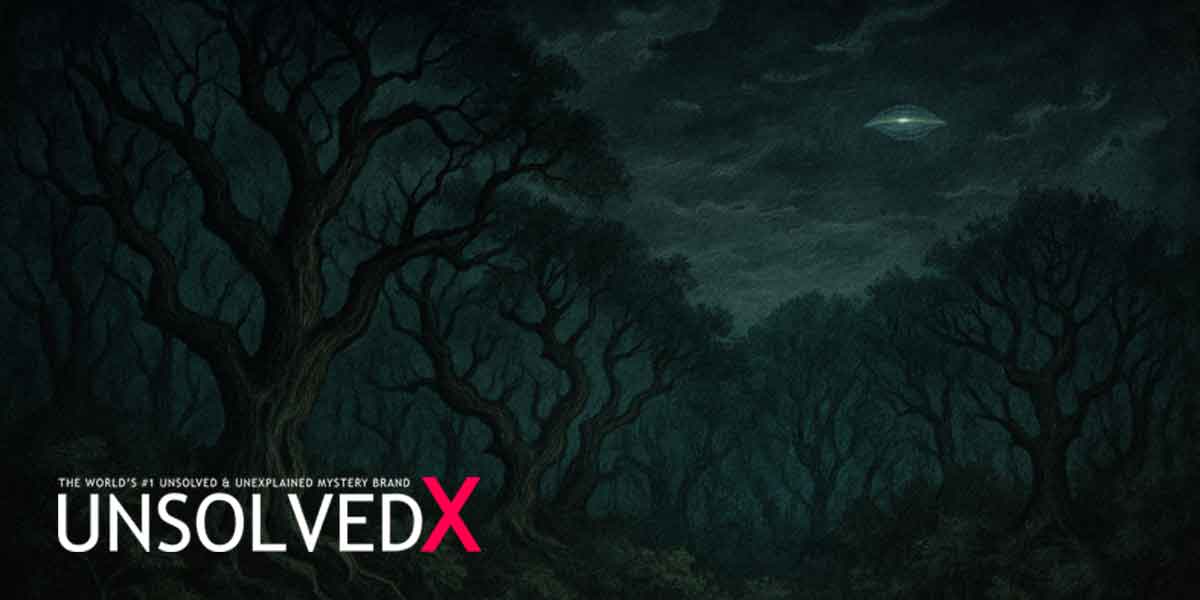
Comments
Comments section coming soon!